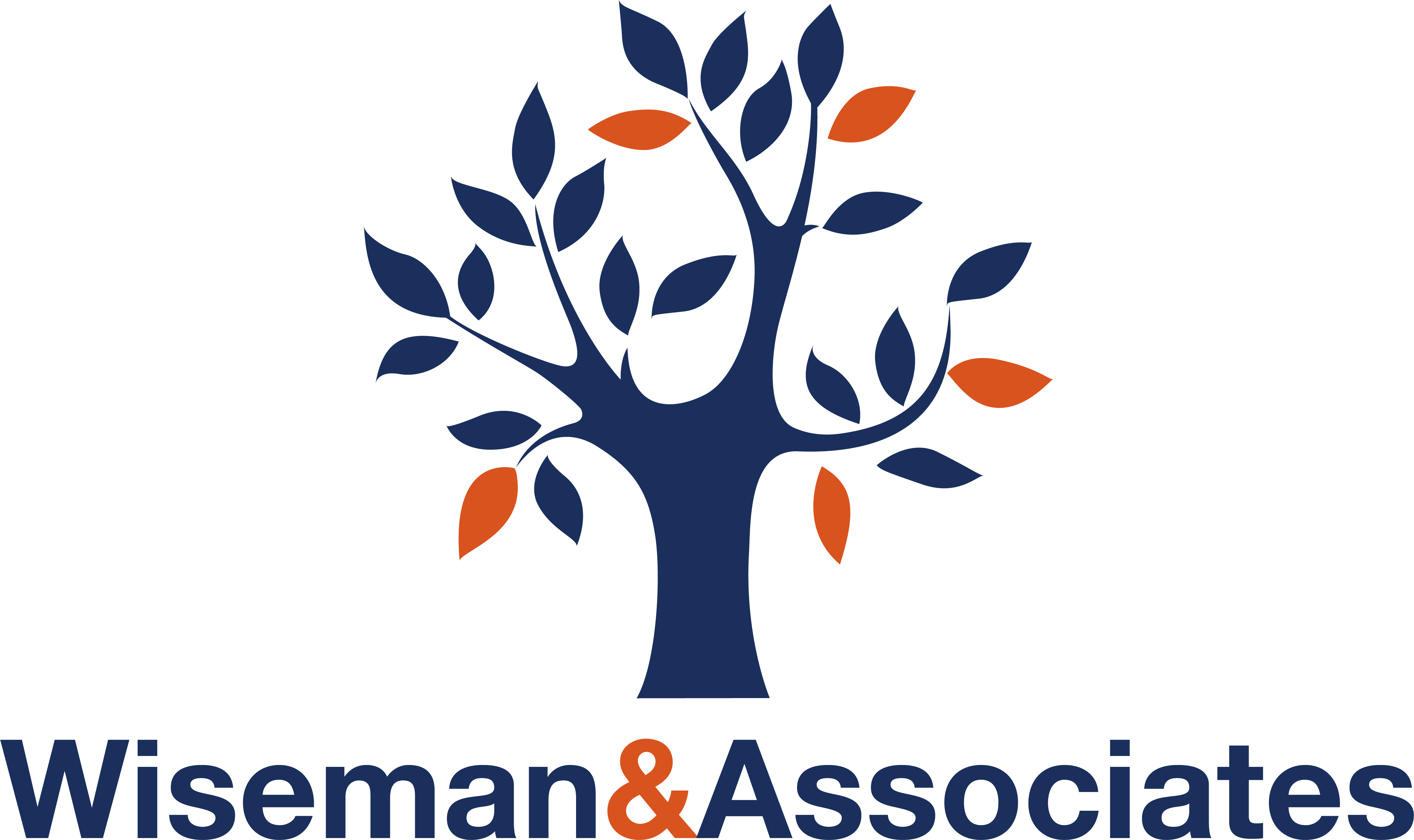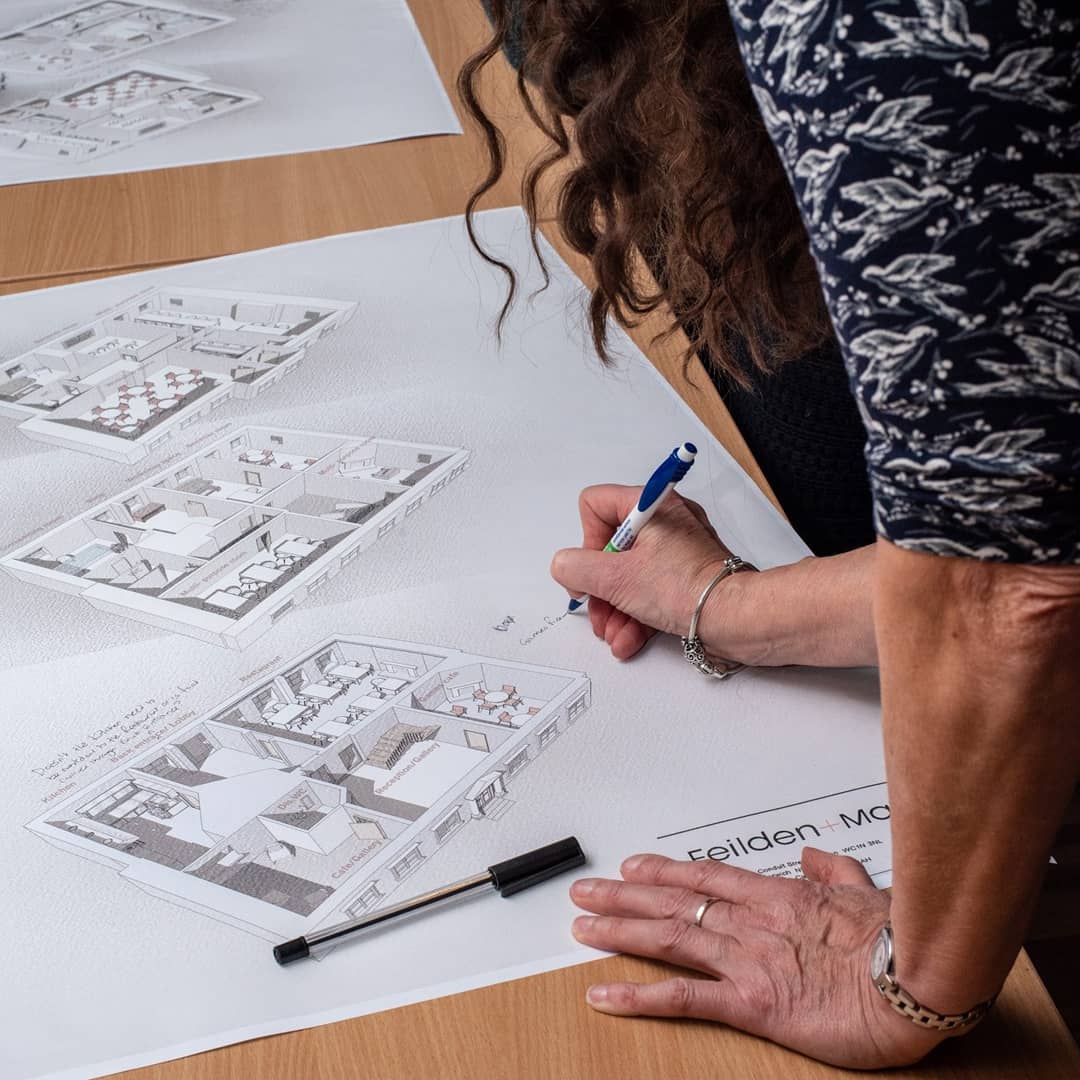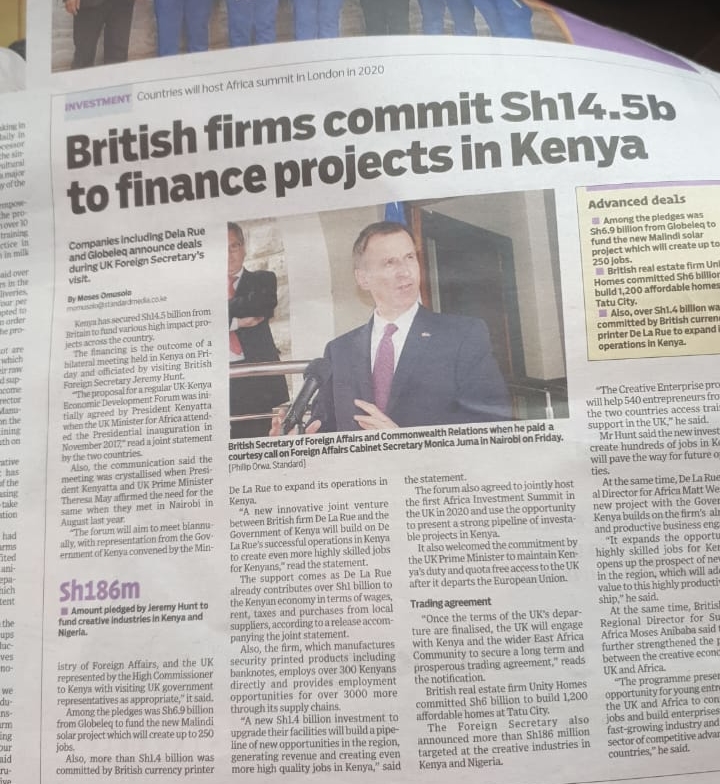If you would like to find out more about how we can tailor our services to meet your needs, please contact us via the email address or telephone number below.
Create a Business Plan
If you are setting up a new venture, or you want to take stock and move on to the next stage of your organisation’s development, a business plan will help discipline your thinking and activity and give you a clear sense of direction with clear and attainable future goals. It will also help you monitor and measure progress and if well drafted will favourably influence potential funders, customers and investors
Serves – any organisation
Preparation – an idea of where you’re going, what you want to do and how, and how you will derive an income
Cooking time – 2-5 days, longer depending on research required; lasts for up to 3 years, review annually
Ingredients
- Your mission
- desired changes
- activities
- timeline
- competitor analysis
- partnership
- Communication
- Target market
- Results
- long term effects.
- Anticipated outcomes
- Monitoring
- Fundraising strategy
- Budget
- Cash flow
- Financial management
- General management
Method
- Firm up your mission – why your organisation exists – so that it becomes a clear statement, something which gets across what you’re about in one or two short sentences. If you are stuck on this try our recipe Strategy Block
- First, take the desired changes, i.e. those that your project is trying to achieve, and write these down. Draft a concise statement in one or two short sentences. Play around with the wording until you are happy that your statement clearly describes the anticipated impact of your project. You then have your overall aim.
- Chop up this overall aim by breaking it down into a short list of statements of what you wish to accomplish in a bit more detail. To “hook” the funder, use visionary words. Try words such as decrease, deliver, develop, establish, increase, produce, and provide. This list of statements will be your project’s goals. Examples of such goals are: “To increase job prospects for offenders” or “To decrease social isolation among older people”
- Consider your project’s main activities (or practical steps) that you envisage will be required in order to accomplish its aims. Express this as a short list of what you will do. For example, a project whose aim was to help a community improve literacy skills might: (a) carry out a community survey to identify people with literacy difficulties; (b) provide a one-to-one literacy mentor for 150 of those identified; (c) run three series of 6 two hour workshops for 25 people on writing at a community centre. These will be your objectives. Note: where possible they should be Specific, Measurable, Attainable, Realistic, and Time-bound (SMART) and should identify the target audience or community being served.
- These objectives should be put in a timeline over the three-year period. Some – e.g. training courses – might comprise of repeat events throughout this period
- Consider where your group fits into the wider environment, i.e. in your subject field in your locality. This could include a competitor analysis – that is identifying any closest competitors and considering whether they do anything better than you, if so how and why, and if so how you can compete with them if at all. Also consider if there are any groups with whom you could work in partnership with to help deliver any of your objectives. If so outline your strategy for working with them.
- Then set out your strategy for communication with actual and potential customers, funders, users, stakeholders, and the public, e.g. marketing via social media, use of beneficiaries as champions, getting customer feedback, newsletters and blogs
- Analyse your target market, that is the people and communities you will be serving – consider their circumstances, views and needs. Though you can obtain some data from pre-existing documents and online research, you will be more in touch by carrying out a consultation. This can be done via a survey or group forum meetings. Surveys can be carried out among people who use you services, or if you want to get directly to residential areas you could try carrying out surveys in places they frequent, or on the street, or maybe by running some special meetings or appealing events to encourage attendance.
- Next, consider the results you anticipate from your activities, that is the changes, benefits, learning or other effects. Also, write these down so that they can be measured later. These are your outcomes. For example, the anticipated results for the above literacy project might include “By the end of the project 95 people will report an improved ability to read and write in their local language” and “By the end of the project 76 people will report that they can now read and understand health information instructions”.
- You could also reference what you see as your project’s credible broader, long term effects. These could be the effects on the community, environment and/or local economy as a whole, beyond the project outcomes you have described. By doing this you are describing the project’s impact. For example, a literacy skills project might give the beneficiaries the confidence to take a more active part in community life, thus strengthening the community, and increase the prospects of their finding employment, this reducing deprivation in their household and in their local area.
- Then say how you will go about monitoring your organisations progress, to enable periodic evaluation to take place see our Recipe Basic process for monitoring and evaluation
- What is your fundraising strategy? This is vital for your group’s future. Consider how you would go about this, e.g. – income from trading, business sponsorships, grants, individual donations and possibly investors. Explore them all. If you have products or services you can sell, this is good for sustainability, but of course many groups don’t have such outlets and have to depend on donations and/or grants See our recipes – Securing grants from the trusts and foundations and Running a fundraising campaign
- Project estimated income v expenditure over the next 1-3 years in a budget. Include all reasonable possibilities but not speculative ones. Be sure no anticipated expenditure is forgotten! Then project cash flow over this period. This is as important as the budget; you need to allow for periods when cash may not come in, but you have bills to pay.
- Describe your processes for financial management and control, and general management, including Risk Management, staff and volunteer recruitment, training and development, staffing arrangements, Board of Directors or Trustees.




